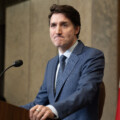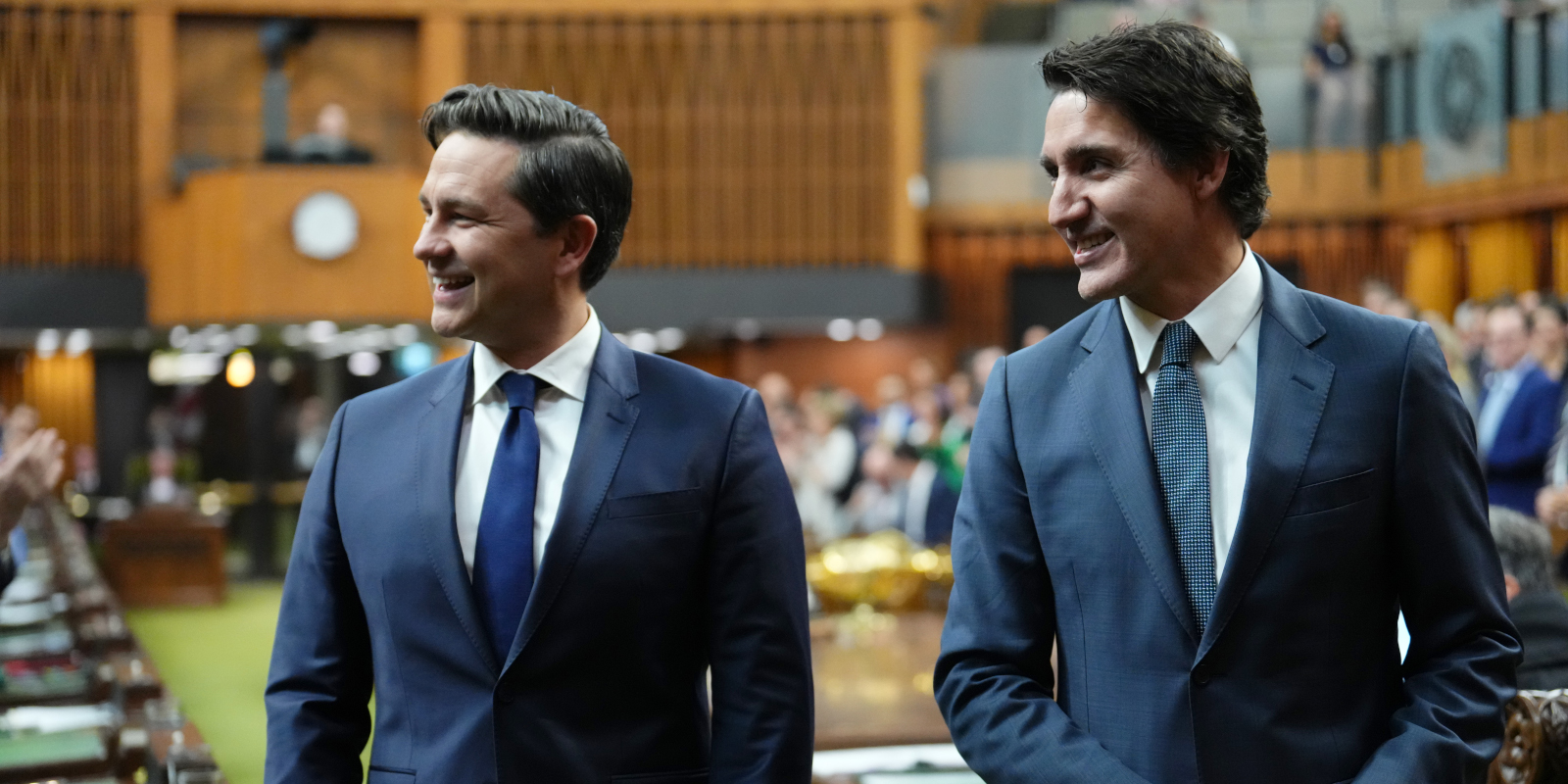With the next federal election no more than two years away, housing has emerged as one of the top issues for Canadian voters and the Liberals and Conservatives are now competing to persuade voters that they are best placed to solve the unaffordability crisis.
They agree on the problem: local zoning policies have strangled Canada’s housing supply. They also agree on the basic solution: the federal government should use its spending power to prod municipalities into action.
But the details of the two plans reflect the political and ideological contrast of two leaders who couldn’t be more different.
The Conservative Party’s plan, which is set out in Pierre Poilievre’s private member’s bill, Bill C-356 (Building Homes Not Bureaucracy Act), would mandate the country’s largest cities to increase their housing supply by 15 percent annually in order to receive their full federal allocation of infrastructure funding. The “formula” would apply consistently across identified municipalities. The details on how they meet the annual target would be left to them.
The Liberal Party’s approach uses the government’s Housing Accelerator Fund, which was announced in the 2022 budget, to work with municipalities to boost their housing supply on a case-by-case basis according to the program’s application process. The government has recently approved a series of applications that come with specific plans to boost housing supply in municipalities such as Calgary, Hamilton, and Kelowna.
The two housing plans rely on what Leo Spalteholz, a housing analyst based in Saanich, BC, describes as “the power of the purse” or what Alex Beheshti, a consultant with the Altus Group, describes as “indirect fiscal federalism measures.”
That is because the federal government has, by and large, no role in local zoning policy. Ottawa is therefore left using the “federal spending power” as a “carrot” or “stick” to encourage local land-use reform in the name of boosting the housing supply.
Yet notwithstanding this basic similarity, the Liberal and Conservative approaches involve trade-offs that are based on their own philosophical perspectives. The Conservative plan for a single, national formula-based target grants greater autonomy to municipalities on how they increase housing supply but fails to account for unique particularities across cities. The Trudeau government’s application-based approach is more tailored to individual cities but involves greater federal intrusion into the specifics of local policymaking which is consistent with Ottawa’s use of the federal spending power in other areas such as childcare.
Beheshti says that this distinction ultimately comes down to the relative role of carrots and sticks.
“The Liberals are proposing to provide net new funding to municipalities that achieve a higher growth rate than they otherwise would have without the funding,” he says. “When it comes to their approaches to municipalities, both programs are in essence a ‘carrot-stick’, but the Liberal program is more carrot than stick, and the Conservative plan is a lot more stick than carrot.”
Hub contributor and policy analyst Steve Lafleur says the Liberals have followed the Conservatives in playing hardball with municipalities on housing, but their methods have differed.
“The interesting thing is that in many respects, the Liberals have now gone further than the Conservatives have promised to go,” says Lafleur. “They’re not just saying ‘Hey, here’s the target,’ they’re saying ‘here are things you can do to meet these targets that will permanently alter your zoning’.”
Spalteholz says punishing municipalities for not meeting the 15 percent threshold, as proposed by the Conservatives, can be difficult in cities like Calgary where construction is a boom-and-bust industry.
“Do we really believe that the federal government is going to punish Calgary because they had a bit of a bust and their housing starts went down?” asks Spalteholz. “That’s not realistic, it has to be a bit more complex than that. On the other hand, I think a lot of municipalities use that as an excuse.”
Lafleur says there is value in a more hands-off approach where municipalities are presented with a 15 percent target, allowing for local governments to figure out how to get there without being too prescriptive. He says the more prescriptive approach by the Liberals may help municipalities to actually make tough choices on housing.
“The thing about being more prescriptive is that it gives the municipalities cover,” says Lafleur. “I’m just not sure, if we have just a numeric target, that municipalities are really going to go through and make all the hard decisions.”
The Liberals slumped badly in the polls over the summer, which many credit to being perceived as weak on housing during the affordability crisis. Since running to become Conservative leader in 2022, Poilievre has called for stronger measures to increase the housing supply.
“The YIMBY-type messaging is something that the Conservatives really led on, and I think that the Liberals were caught fairly flat-footed on that,” says Spalteholz.
Liberal Minister of Housing Sean Fraser has dismissed the Conservative plans for housing as resembling something “pulled off Google,” but Beheshti believes the Liberals have learned from Poilievre’s messaging on affordability and building new homes.
“I think the credit that Poilievre gets in this regard is effectively holding the government’s feet to the fire in terms of their own feet dragging in getting these policies off their platform’s pages and into legislative enactment,” says Beheshti.
Recommended for You

The Notebook by Theo Argitis: Mark Carney’s first major tests

The Weekly Wrap: Trudeau left Canada in terrible fiscal shape—and now Carney’s on clean-up duty

‘Another round of trying to pull capital from Canada’: The Roundtable on Trump’s latest tariff salvo

Canada is losing ground on investment. Here’s where




